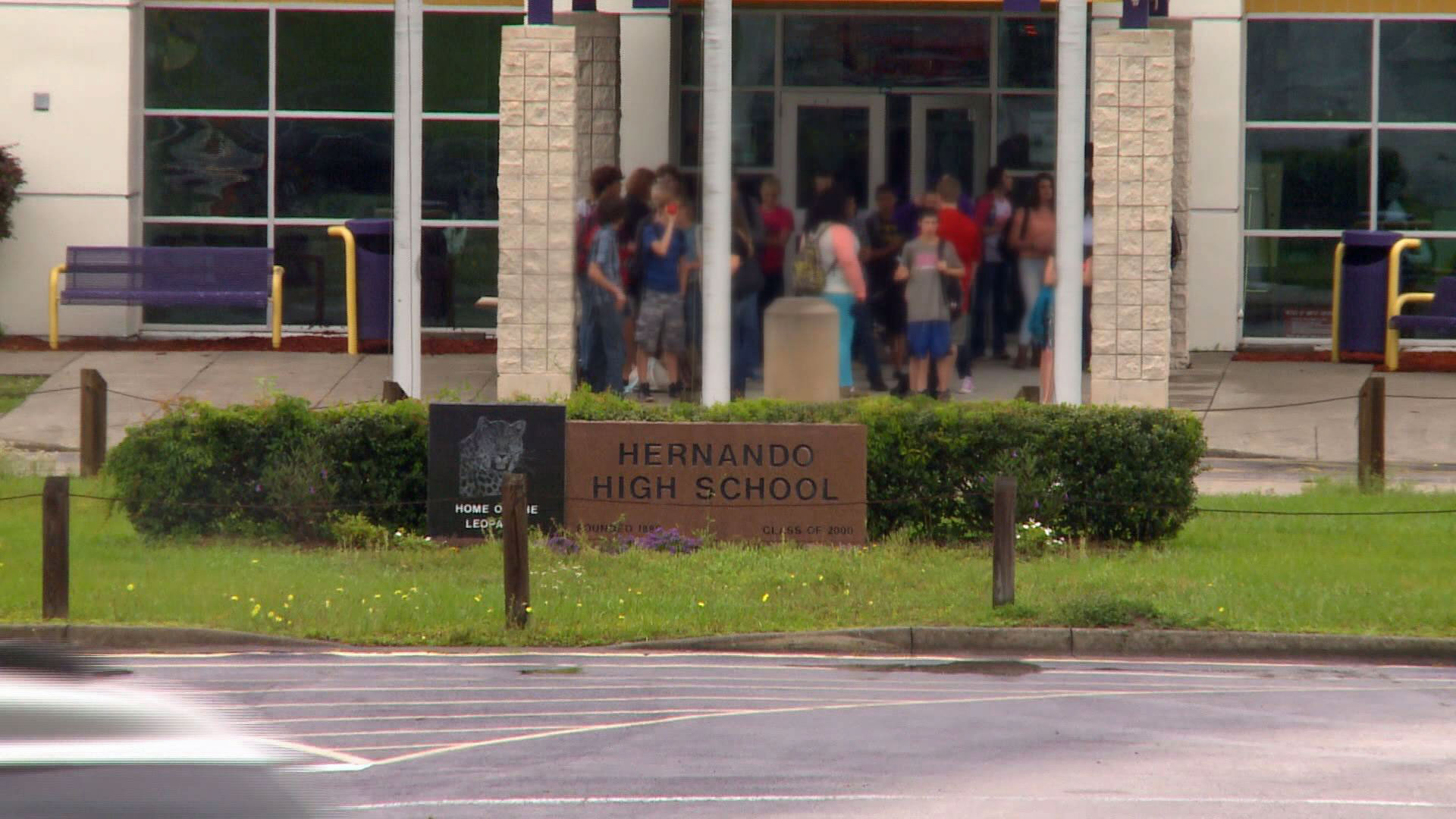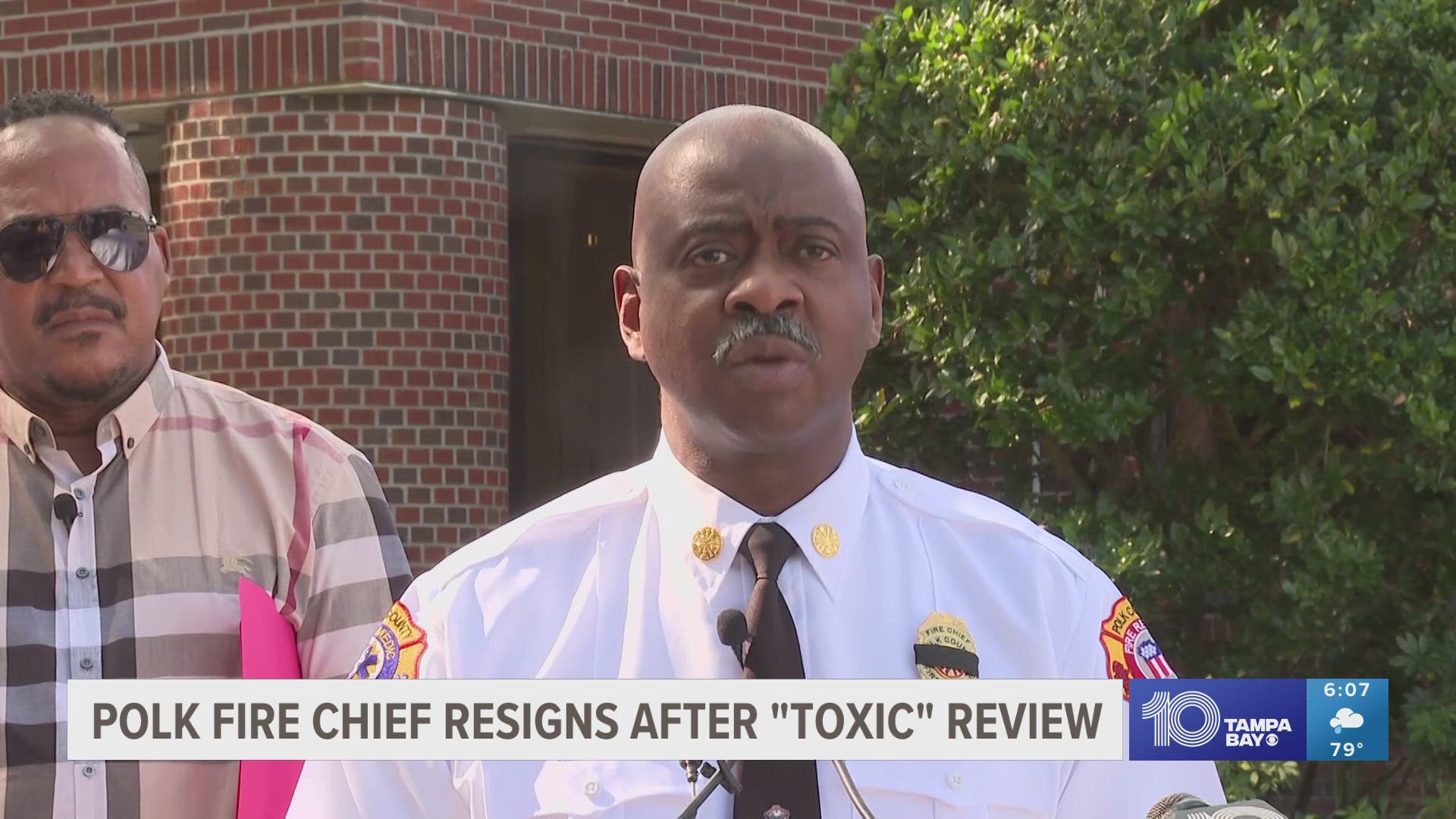TAMPA BAY, Florida -- For more than 40 years, a complicated formula has decided how much money each Florida school district gets from the state. But a growing number of critics want the formula re-evaluated, claiming it creates "has" and "has-nots" that puts kids on an uneven playing field.
Florida's Constitution requires the state appropriate funds to school districts in an equitable - but not necessarily equal - way. Since 1973, the legislature has used the Florida Education Finance Program (FEFP) to determine how much money each district gets from the state.
Because the state requires local districts to collect property taxes for education as well, many of the state's wealthiest counties have no problems funding their schools. But the state monies designed to help level the playing field for less-affluent counties aren't going far enough, according to critics who cite wide discrepancies in per-pupil funding across the state.
"In other states, they have measures that allow them to close the gaps. But in Florida, we don't have that," said Gregg Laskoski, a father of two in Hernando County. "It's an issue that doesn't just impact families that have kids in the schools, it impacts every single homeowner."
Hernando County, a largely rural district, is one of the state's "have-nots." Low property taxes mean low local education funds, and the state's contributions doesn't bring it up to the state average. Hernando County received $8,510 per pupil in 2012-13, more than $500 short of the state average.
As a result, Hernando County has struggled with keeping roofs from leaking, computer technology current, and students from dropping out. High drop-out rates have also been linked to high unemployment rates and high crime rates.
The state's wealthiest school district, Monroe County, receives $14,185 per student, thanks to robust local tax revenues and another $1,763 from the state. Meanwhile, the state's least-funded school district, Clay County, only receives $8,015 per student.
Money received per pupil, 2012-13:
| County (with state rank) | Fed. $ | Local $ | State $ | Total per pupil |
|---|---|---|---|---|
| Sarasota (6) | 921 | 8505 | 1731 | 11157 |
| Hillsborough (19) | 1427 | 3312 | 4509 | 9248 |
| Manatee (24) | 1089 | 4850 | 3233 | 9172 |
| STATE AVERAGE | 1161 | 4331 | 3559 | 9051 |
| Citrus (35) | 1055 | 4616 | 3200 | 8871 |
| Highlands (37) | 1462 | 3358 | 4020 | 8840 |
| Pinellas (38) | 1052 | 4866 | 2901 | 8820 |
| Pasco (39) | 963 | 3108 | 4719 | 8791 |
| Hardee (47) | 1630 | 2509 | 4450 | 8589 |
| Hernando (50) | 1011 | 3372 | 4127 | 8510 |
| Polk (51) | 1181 | 2525 | 4797 | 8502 |
| Source: Fla. Dept. of Education | ||||
A recent report from the Education Law Center and Rutgers Graduate School of Education indicated Florida had room for improvement when it came to the discrepancy between its best-funded and worst-funded school districts. However, the report indicated the state was slowly improving.
And although the legislature increased the amount of school funding this year after several significantly leaner years, parents and administrators in Hernando County tell 10 Investigates they're one of many counties not getting their fair share because of the state's complex, somewhat secretive formula.
The Formula
Critics say the inequities are because of a 40-year-old FEFP formula that relies upon nearly 20 different variables to calculate district funding. Factors like district size, available programs, and transportation all play into the equation.
But as evidenced on page 7 of this PDF, the exact importance of each variable - or the arbitrary limits set within them - could be clearer.
"This is an equation that has no transparency, it has no clarity, and it has no equity," Laskoski said of the FEFP formula.
The values are often tweaked annually by powerful lawmakers on education appropriations committees. Every time one district "wins," another district loses. And because the formula has survived numerous eras of Florida growth, critics say it never took into account important shifts in property values and socioeconomics.
But legislative leaders support the formula.
"Our constitution requires that we have equal funding across-the-board in the state of Florida," said House Speaker Will Weatherford, whose home district, Pasco County, is also below the state average. "We do believe that the current funding formula that we have today is equitable across-the-board."
In Hernando County, new superintendent Lori Romano found one fix; she lobbied local legislators to tweak the FEFP formula in the district's favor. Next year, Hernando County will capture several hundred dollars per student from the FEFP's "sparsity" component, which will translate to millions of dollars for the school district.
You can see next year's funding for all Florida counties on the Department of Education's website.
Drastic change from the legislature is unlikely, however, the issue could be decided soon in Florida courts. A pending lawsuit -- filed back in 2009 by a Pasco County family -- is challenging how the state funds its school systems. The suit alleges not just inequity between districts, but also insufficient funding from the state.
If the plaintiffs defeat the state in the case, slated for trial in 2015, Florida lawmakers may be forced to dedicate 30% more funds to local schools and re-write how those funds are divvied-up. Another Education Law Center report suggested Florida districts get 32% of their K-12 funding from state funds - well below the national average of 44%.
Laskoski is asking parents to read more about the FEFP, and to follow news on the pending trial on his Florida Education Funding Awareness Facebook page.
Find 10 Investigates reporter Noah Pransky on Facebook or follow his updates on Twitter. Send your story tips to noah@wtsp.com.


